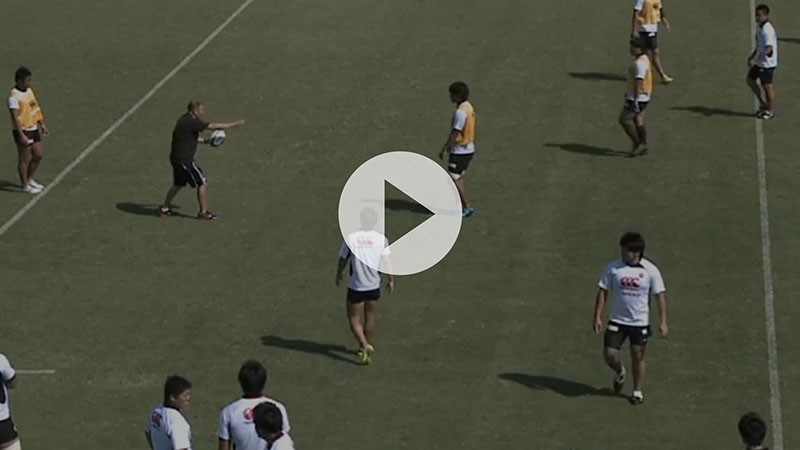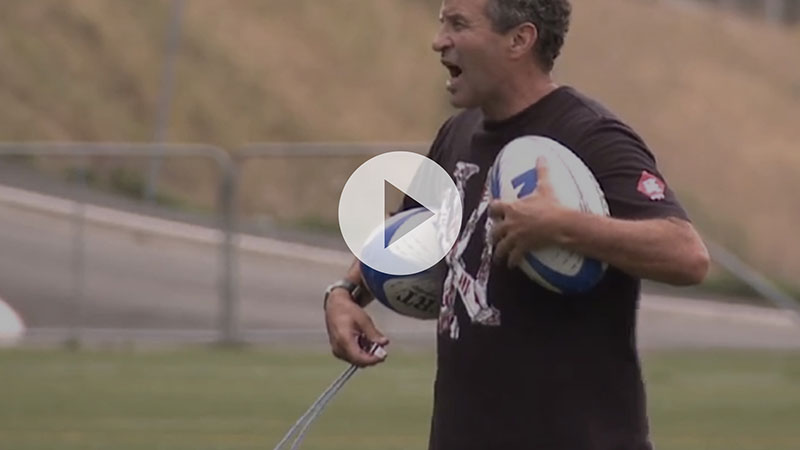
To win games of rugby, you need to score more points than the opposition. The best way to do that is by securing as many tries as possible during the 80 minutes.
Whilst this may be over-simplifying the game a little, adopting a bold, attack-minded strategy will translate to more victories on the field.
For a fresh batch of ideas to add to your team's attacking armoury this weekend, we delved in the Rugby Coach Academy and asked some of the game's most prominent minds how they do it.
Basic cut plays - Conrad Smith
Used at all levels of the game, the cut play is one of the games simplest attacking moves. Devasting when executed well, New Zealand great Conrad Smith has executed a few inch-perfect cut plays during his career.
To initiative the cut play, the first receiver has to engage the opposition defender, dragging them across and creating a gap in the defence.
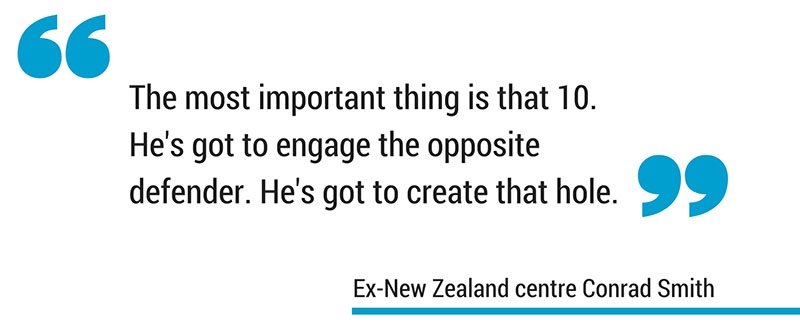
The cutter, be it a 12,13 or winger, then needs to run at pace through the space created. For them, it's vital to run as straight as possible. That way, they can stay in touch with their fellow backs, remaining on the same side of the field where they can provide support.
Attack off 10 - Eddie Jones
When building an attack off your 10, the fly-half needs one thing – options. England coach Eddie Jones wants his teams to create a triangle of options that the ball receiver can hit in order to begin an attack.
Ideally, that triangle would be made up of an inside and outside runner (i.e. your best ball-carrying back rowers), plus the 12 hanging back a little.
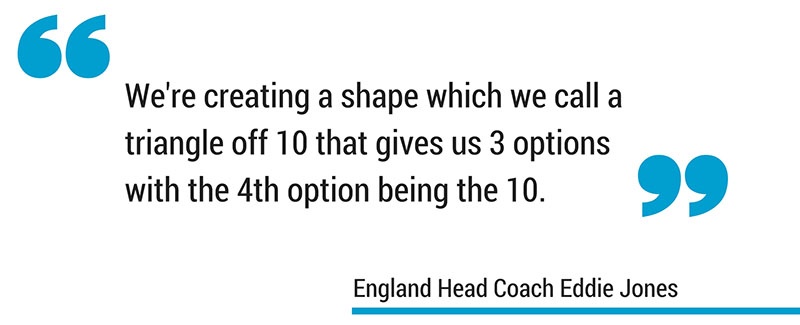
Throughout, players need to be watching defender's shoulders for weak spots. If it's clear which direction the defender is intending to move, the attacker can make the hit on their weaker shoulder.
Offload and continuity - Gregor Townsend
For Scotland's soon-to-be-head-coach Gregor Townsend, avoiding the breakdown is a valuable facet of the game that is often ignored.
To do that, teams need to exploit space and ensure continuity and pace in their play. Keep the ball alive as long as possible, and avoid the potential pitfalls of the breakdown.

Every player should be aware of the space around opposition defenders. In 1-v-1 situations, exploit it to open up off-load opportunities and keep your team's momentum going forward.
Counter attack Wayne Smith
Good counter attacks are based on what the opposition's chasing defence is doing. As a result, one well-executed counter can look very different to the next. What's important is recognising what your opposition are intending, and knowing how best to exploit them.
First off, look for space in which to base your attack. If you don't have it, create it by dragging opposition defenders or kicking.
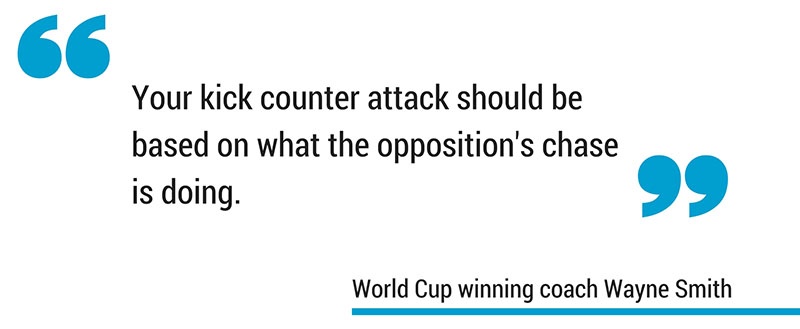
In the face of a spread defence, identifying and exploiting mismatches are vital. Look for opportunities for your speedy backs to run at less agile defenders- even if it isn't on the first phase.
Side step - Shane Williams
For fleet footed wingers and full-backs, you need a weapon to unleash in those 1-on-1 scenarios. The side-step offers that with devastating efficiency – with no better example coming from Wales legend Shane Williams.
His tips on beating defenders one-on-one starts with running at an angle rather than straight on. Dragging the defender in one direction, the aim of the attacker is to change momentum at the last minute, leaving your opponent flat-footed.

Commit defenders to one side as much as you possibly can. Even if you don't beat the defender entirely, your step will keep the tackle low – freeing up your hands for an offload to supporting players.
Get an exclusive discount to coaching from the world's best
Thanks to our partnership with the world's best rugby coaching resource, The Rugby Site, you can learn from the greatest minds in the game.
Check out more great videos in the Rugby Coach Academy, and click the banner below to get even more through an exclusive Pitchero discount to a Rugby Site subscription.

